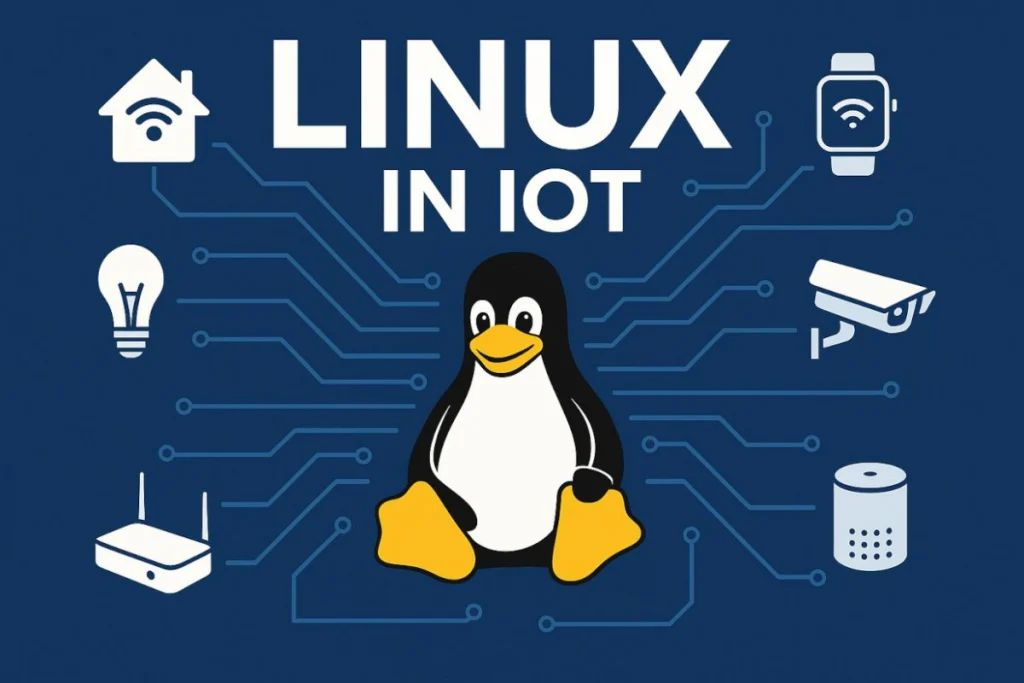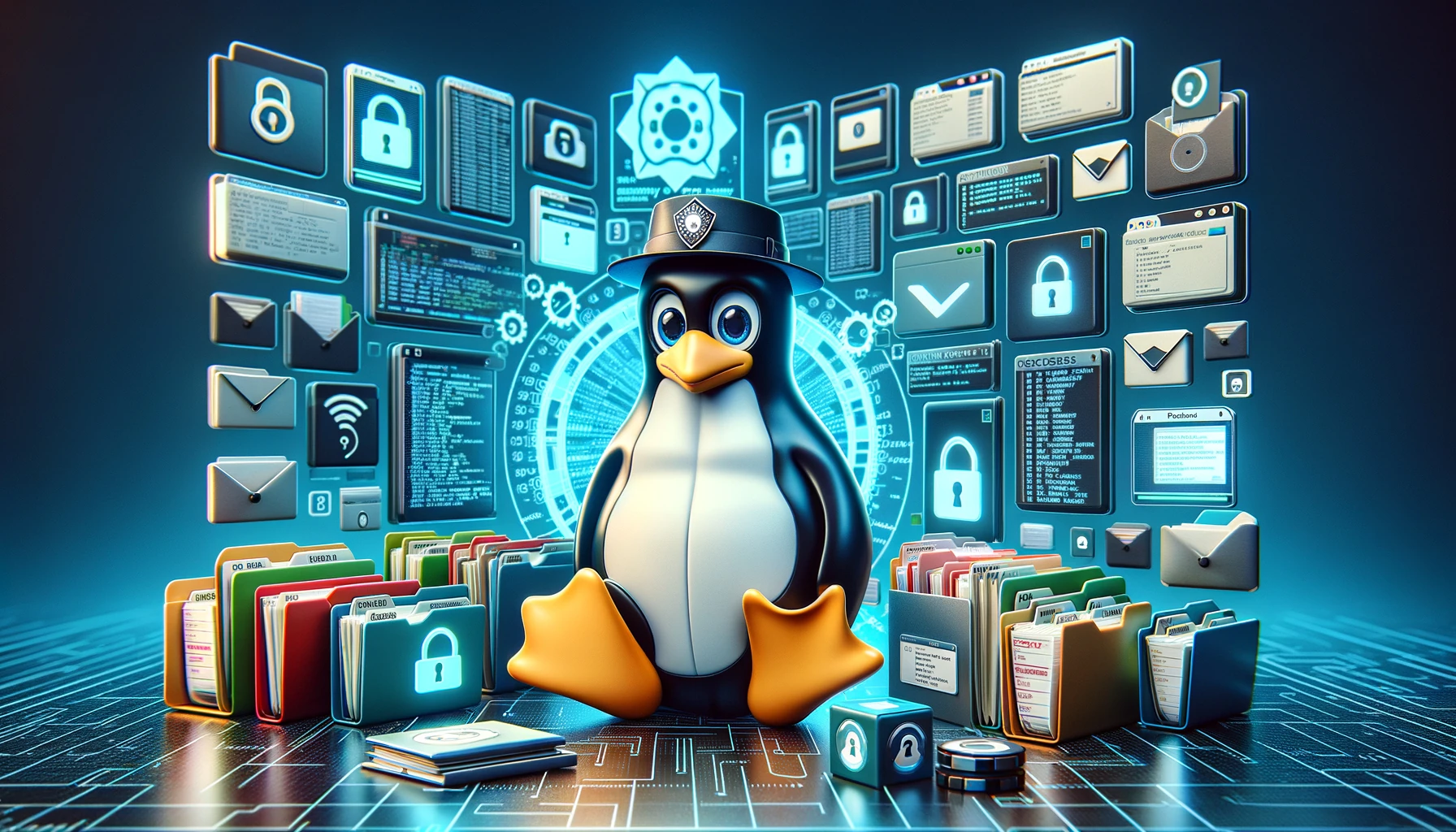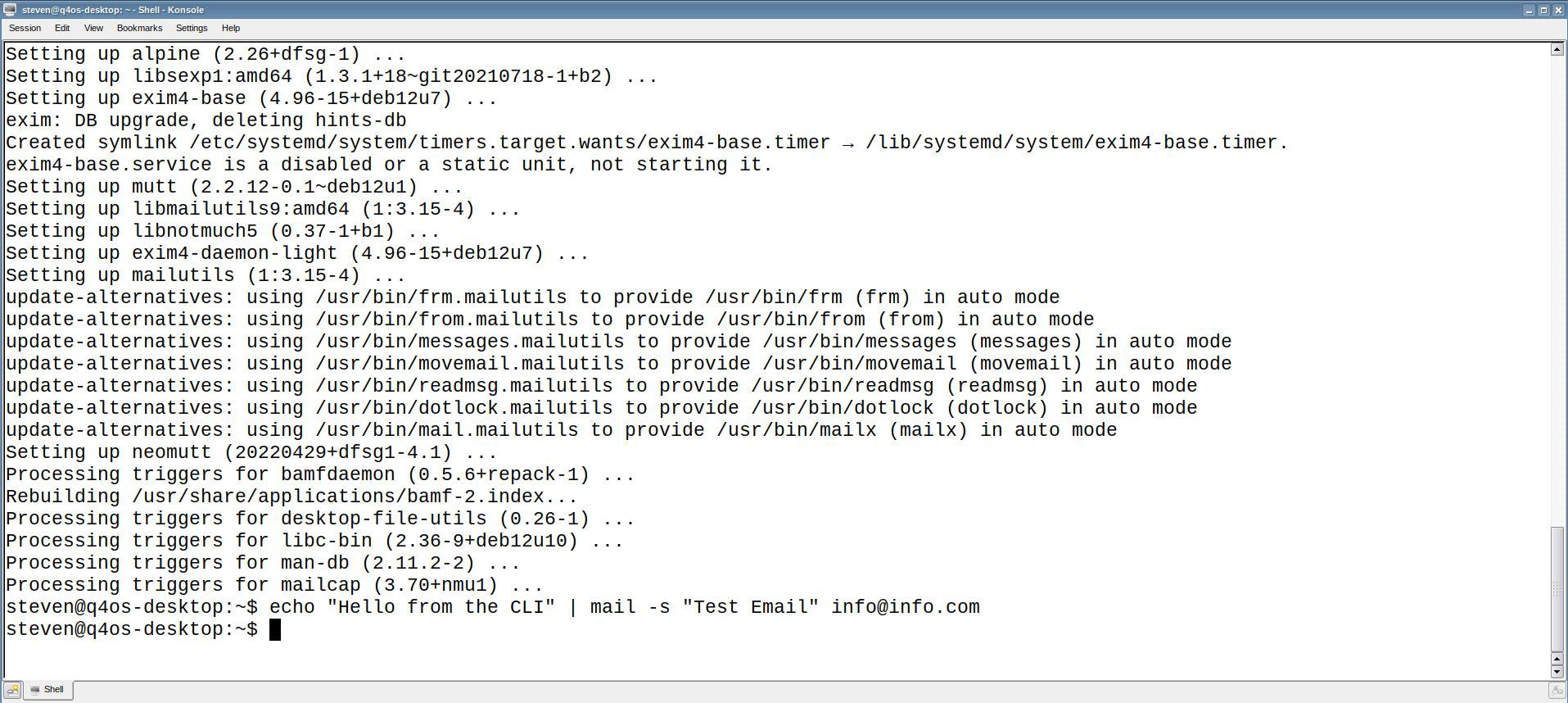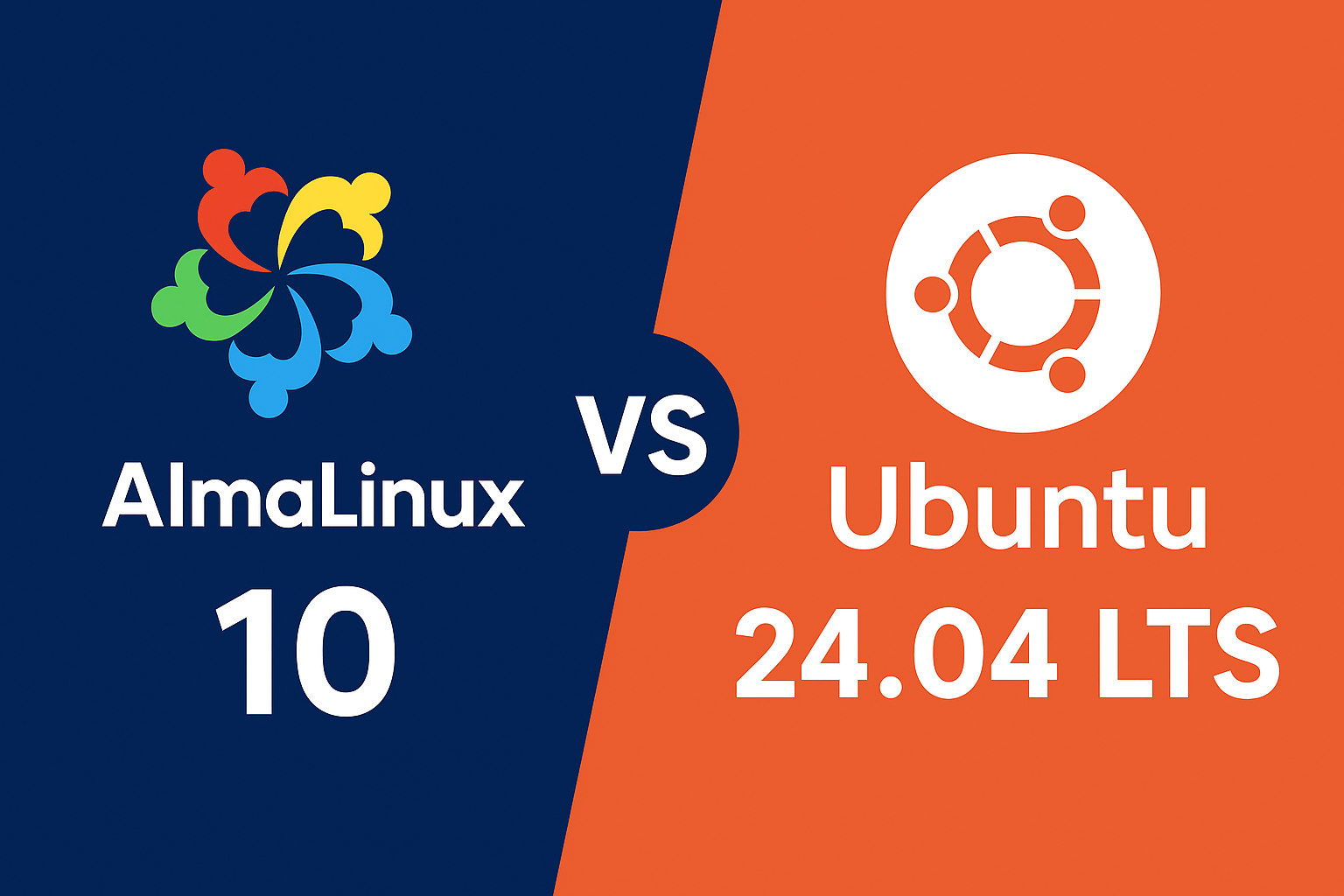Getting started with Linux can feel overwhelming at first, especially when you’re faced with the powerful command line interface. But don’t worry — learning a few basic commands can make a huge difference in your confidence and productivity. Whether you’re using Ubuntu, Fedora, Debian, Arch, or any other Linux distribution, the terminal remains a vital part of the Linux experience.
Here are 10 essential Linux commands that every beginner should know. These foundational tools will help you navigate the system, manage files, understand permissions, and much more.
1. pwd — Print Working Directory
When you open the terminal, you’re usually placed in your user’s home directory. If you’re unsure where you are, the pwd command tells you your current location in the filesystem.
pwd
This prints something like:
/home/yourusername/Documents
Understanding your current directory is important when creating, moving, or editing files.
2. ls — List Directory Contents
Use ls to see the contents of a directory. This is one of the most frequently used commands in any Linux environment.
ls
Useful options include:
ls -l: Long listing format (shows permissions, file size, etc.)ls -a: Includes hidden filesls -lh: Combines long format with human-readable sizes
3. cd — Change Directory
To move around the filesystem, use cd (change directory). This allows you to navigate into different folders.
cd /home/yourusername/Documents
Shortcuts:
cd ~: Goes to your home directorycd ..: Moves up one directory level
Understanding how to move between directories is crucial for effective file management.
4. touch — Create an Empty File
Want to quickly create a new, empty file? Use touch.
touch notes.txt
This creates a file named notes.txt in the current directory. It’s often used when scripting or preparing placeholder files.
5. mkdir — Make Directory
To create a new folder, use the mkdir command.
mkdir new_folder
You can also create multiple directories at once:
bmkdir folder1 folder2 folder3
This is helpful for organizing projects, downloads, or system configurations.
6. rm — Remove Files or Directories
The rm command deletes files and directories. Be careful — it’s powerful and irreversible if used incorrectly.
rm file.txt
To remove a directory and its contents:
rm -r foldername
To avoid accidental deletions, consider using the interactive option:
rm -i file.txt
Always double-check the file name before hitting Enter.
7. cp — Copy Files and Directories
Copying files is a common task. Use cp for that purpose.
cp file1.txt backup_file1.txt
To copy a directory and its contents recursively:
cp -r folder1/ folder2/
It’s a good habit to create backups before modifying important files.
8. mv — Move or Rename Files
The mv command is used to move files and folders or rename them.
mv file.txt /home/yourusername/Documents/
To rename a file:
mv oldname.txt newname.txt
mv is essentially two tools in one — a file mover and a renamer.
9. cat — View File Contents
To quickly display the contents of a file in the terminal, use cat.
cat file.txt
For longer files, less or more might be more useful, but cat is great for small text files or quickly checking config files.
10. man — Manual Pages
Every Linux command has a manual page. If you’re ever unsure about how a command works or what options it has, just use man.
man ls
This shows detailed documentation for the ls command. Use the arrow keys to scroll and q to quit.
Learning to use man effectively is like having a built-in guide to the entire Linux command ecosystem.
Bonus Tip: Use --help with Any Command
In addition to man, most commands support the --help option:
ls --help
This shows a quick overview of the command’s usage and options. It’s incredibly useful when you just need a refresher or don’t want to scroll through full manuals.
Wrapping Up
Mastering these 10 basic Linux commands is a great starting point for any beginner. They allow you to confidently navigate the filesystem, manage files and folders, and access help when needed. As you become more comfortable in the terminal, you’ll naturally expand your knowledge to more advanced tools like grep, find, chmod, top, and scripting with bash.
But remember — even the most advanced Linux users rely on these same basic commands every day. Practice them, experiment in a safe environment, and enjoy the freedom and control that comes with using Linux from the command line.
SELinux Demystified: A Deep Dive into Kernel-Level Security 2025
Security-Enhanced Linux (SELinux) is one of the most powerful—and often misunderstood—security mecha…
Send Email from the Linux Terminal Command Line
For many system administrators, developers, and Linux power users, the command line remains the most…
AlmaLinux 10 vs Ubuntu 24.04 LTS for hosting
Here’s how AlmaLinux 10 stacks up against Ubuntu 24.04 LTS for VPS hosting—focusing on stability and…



